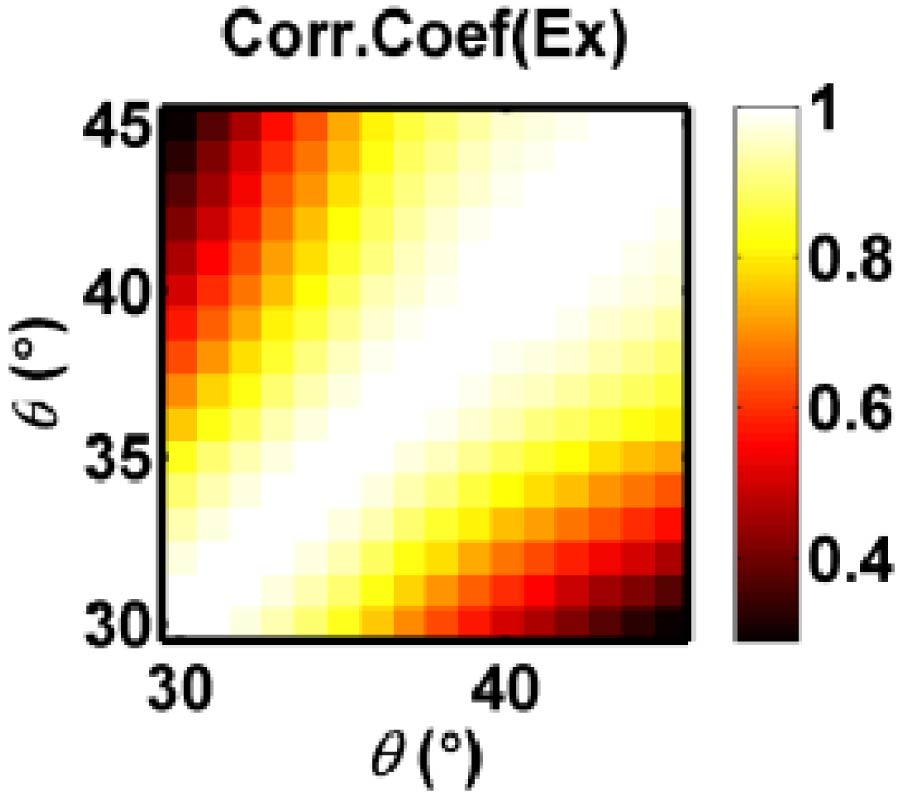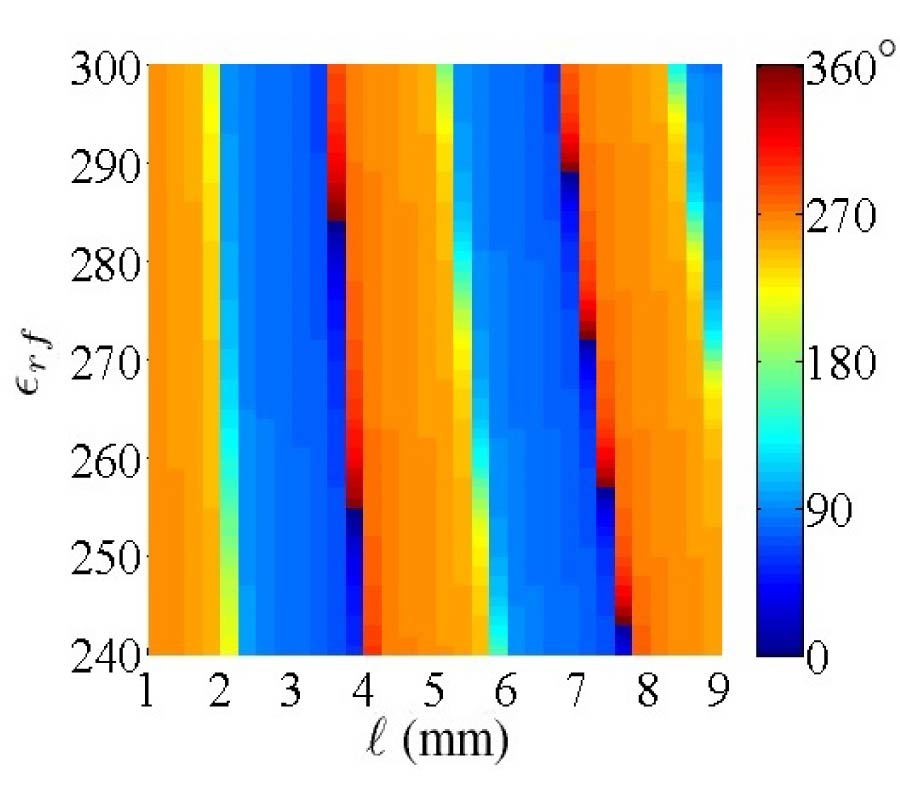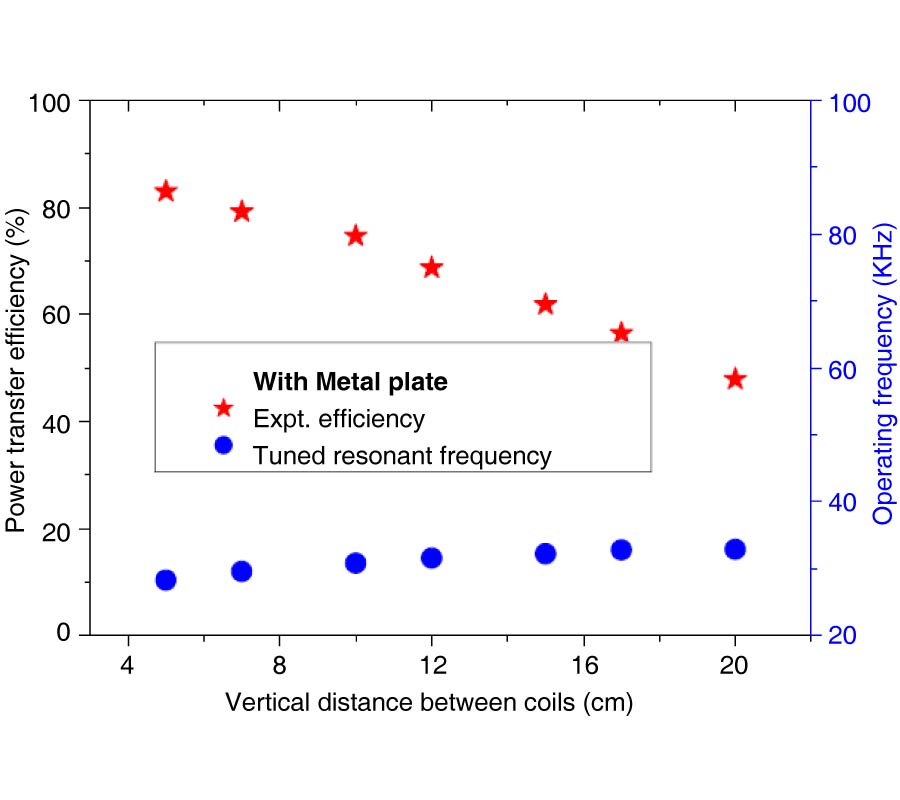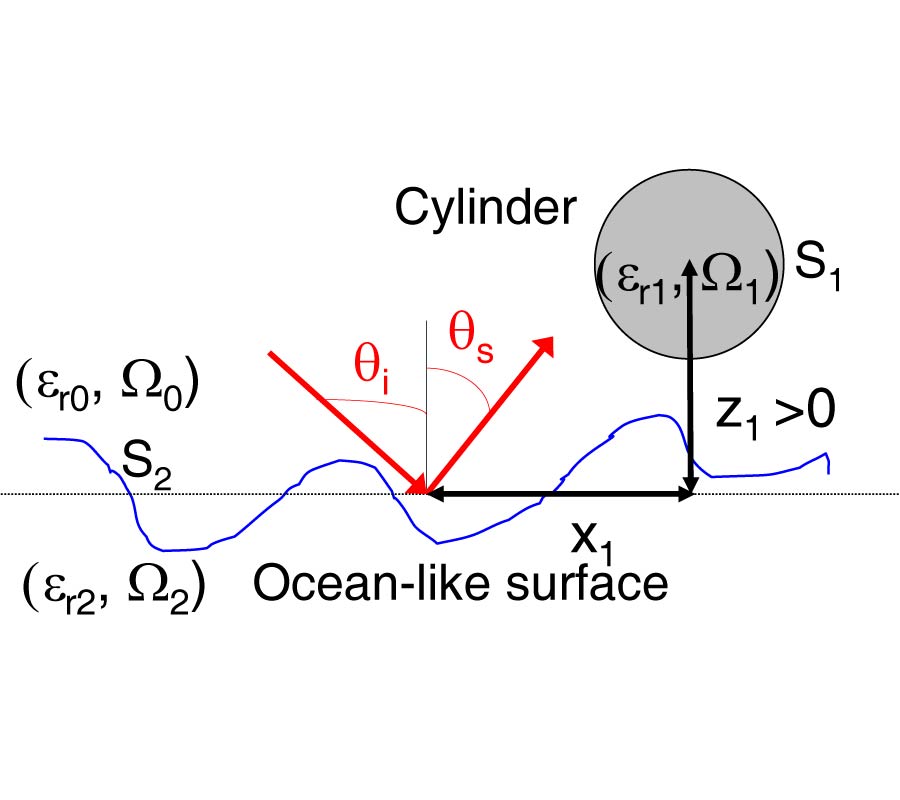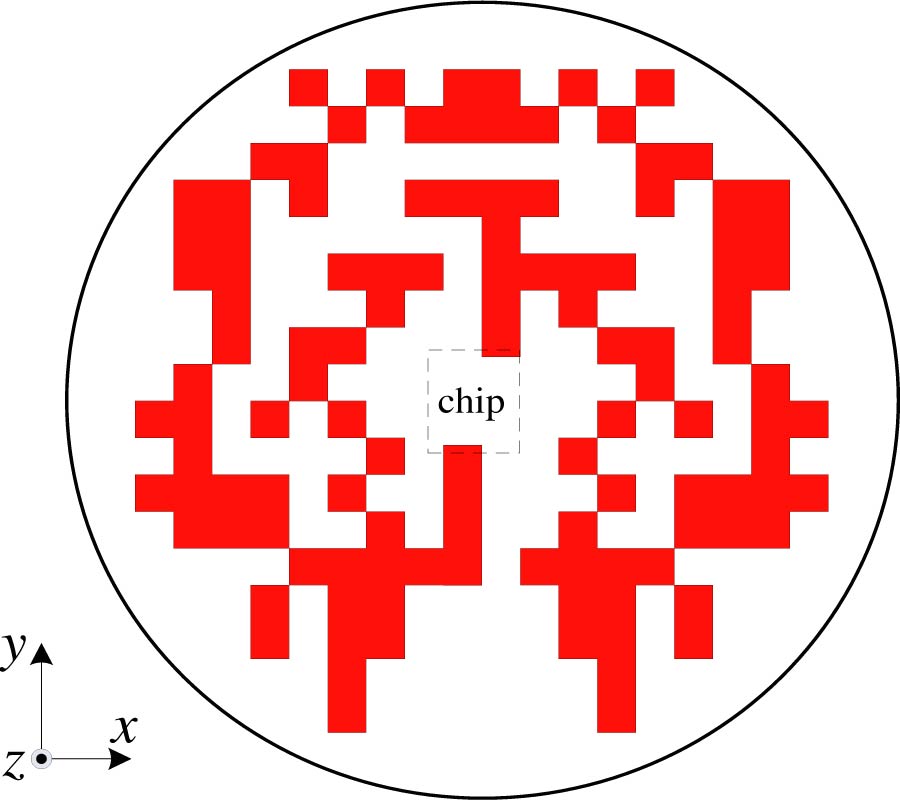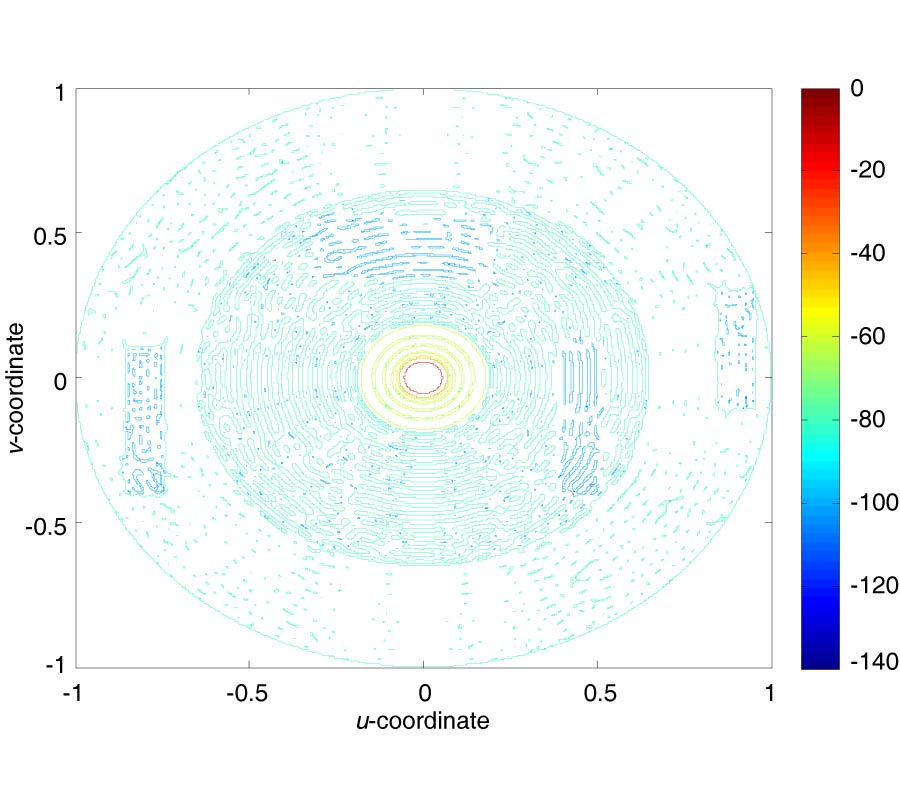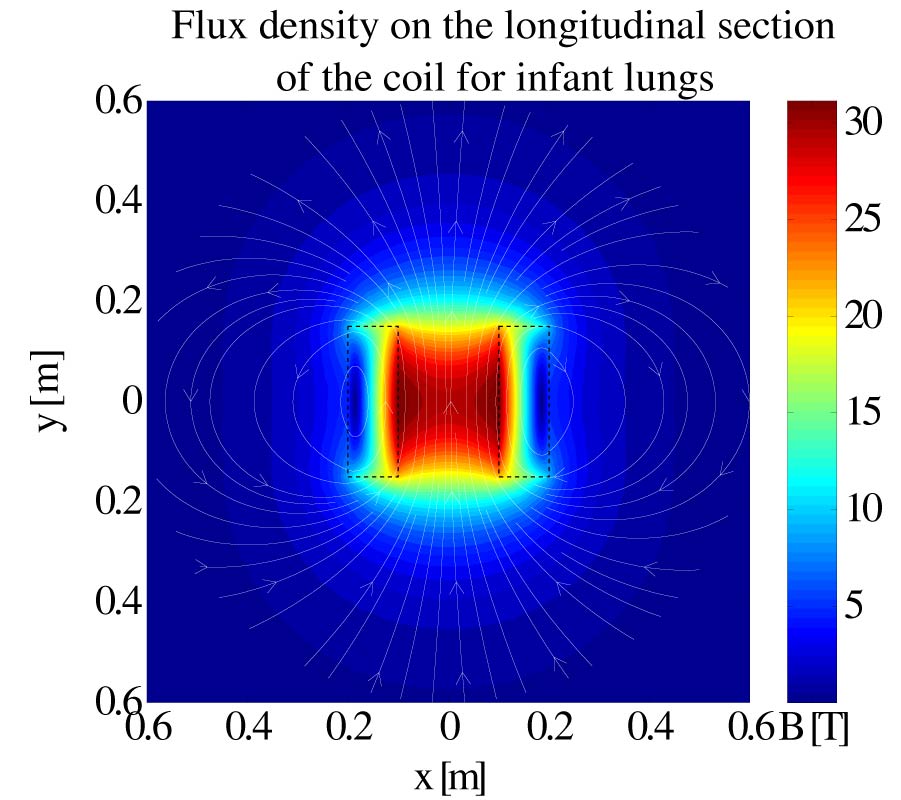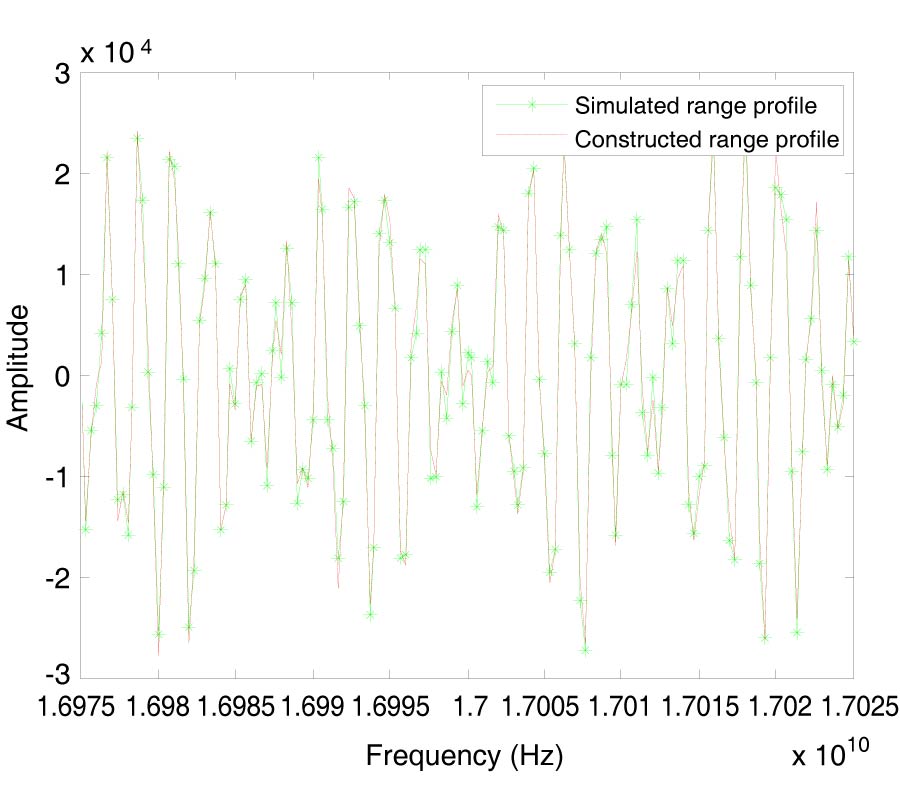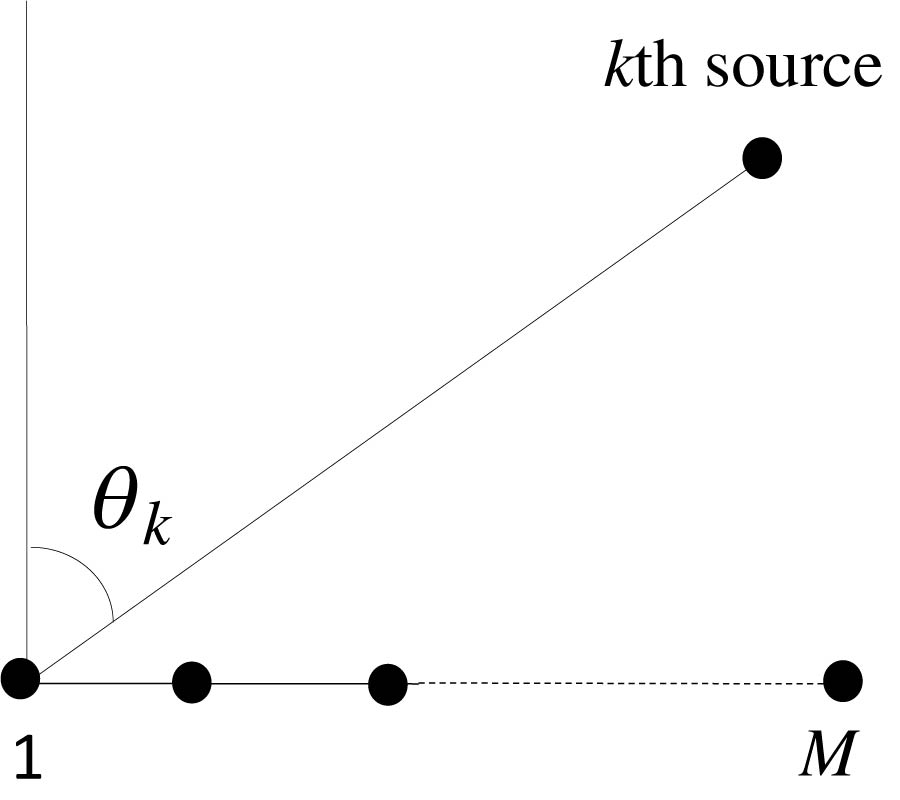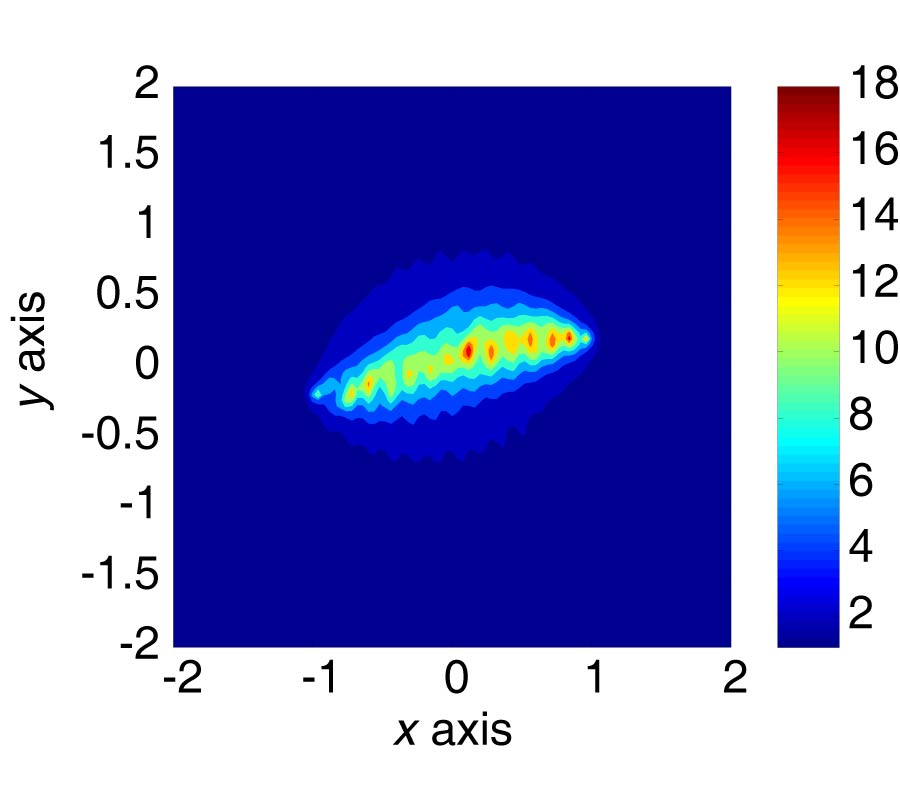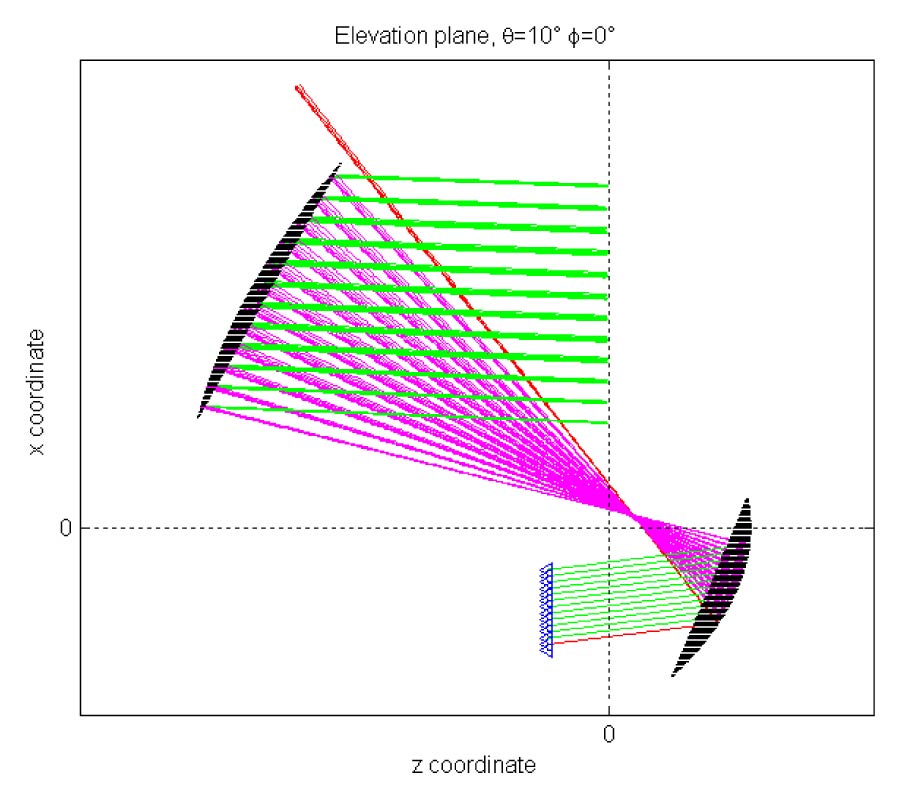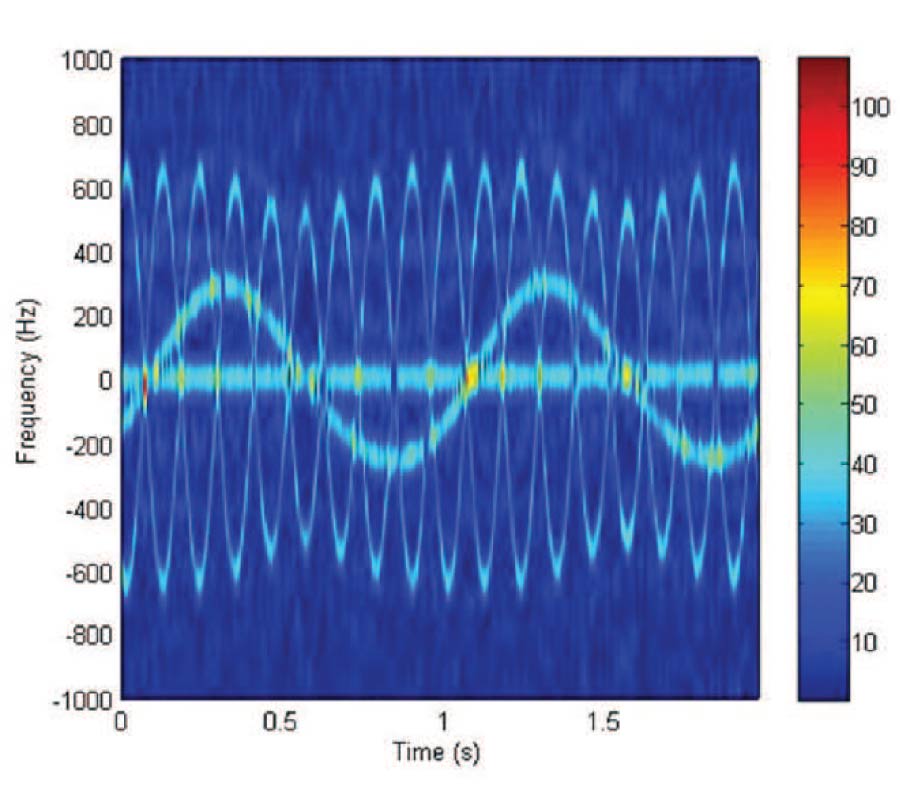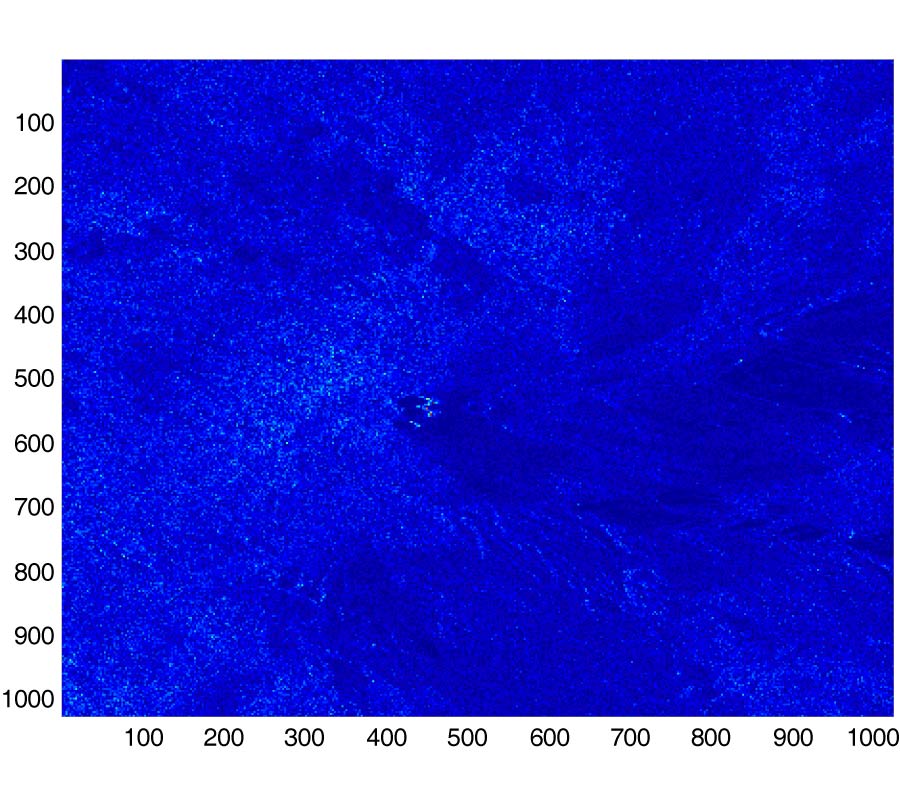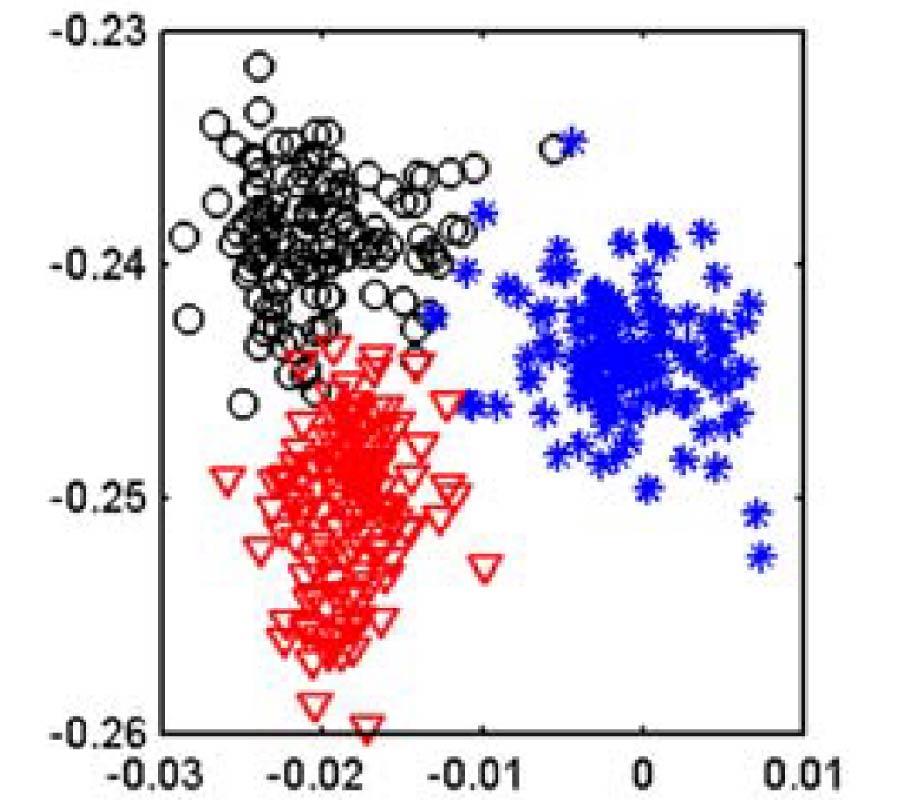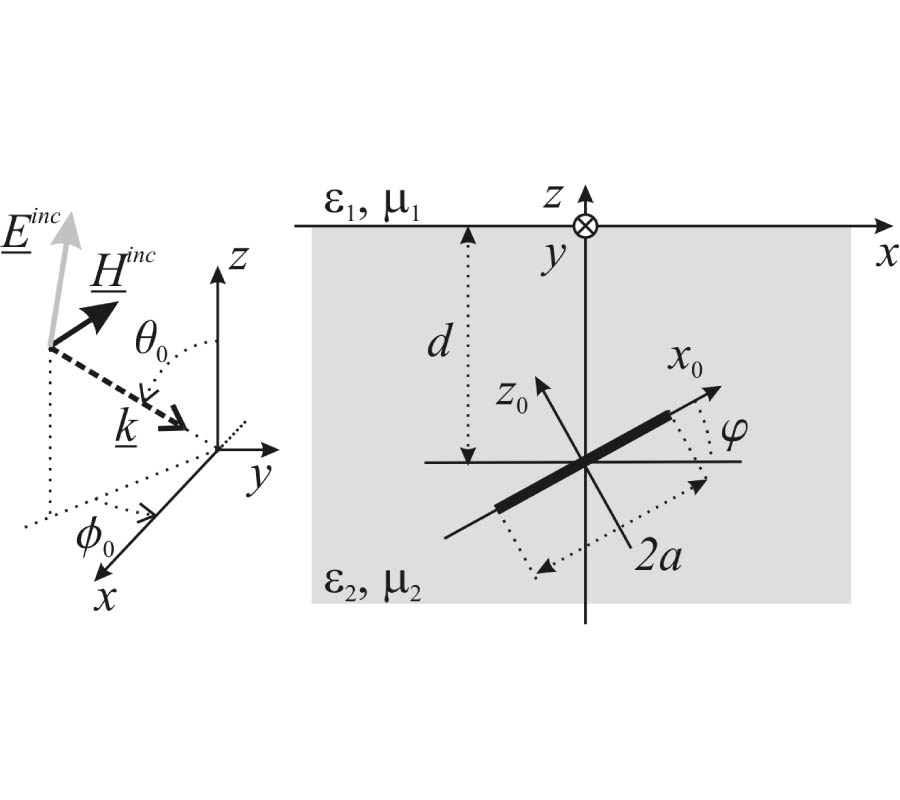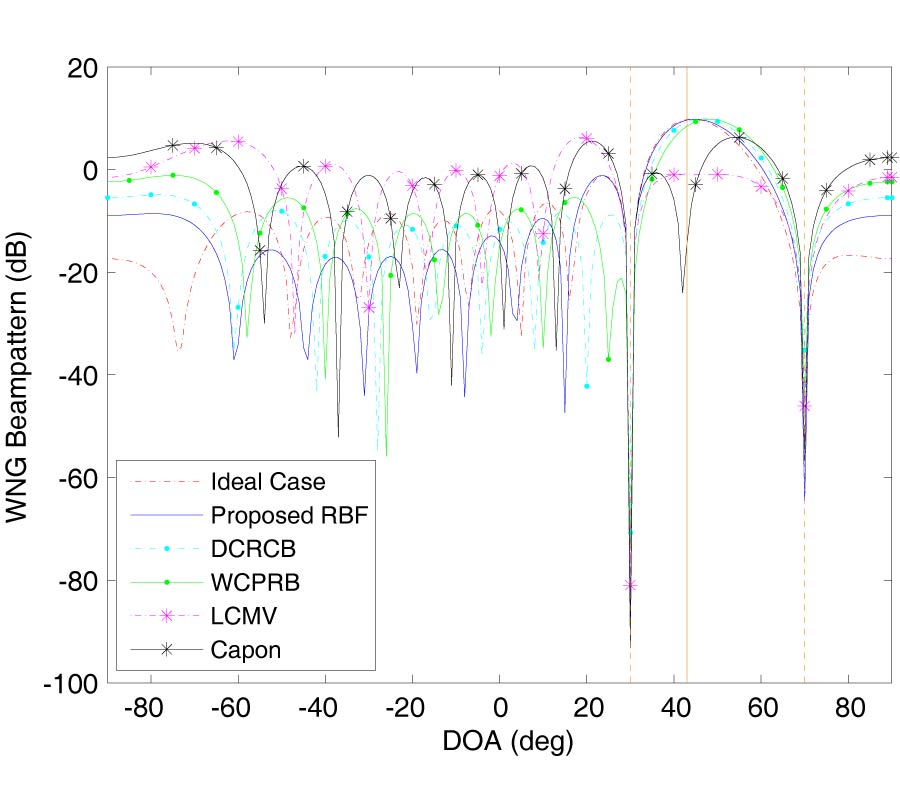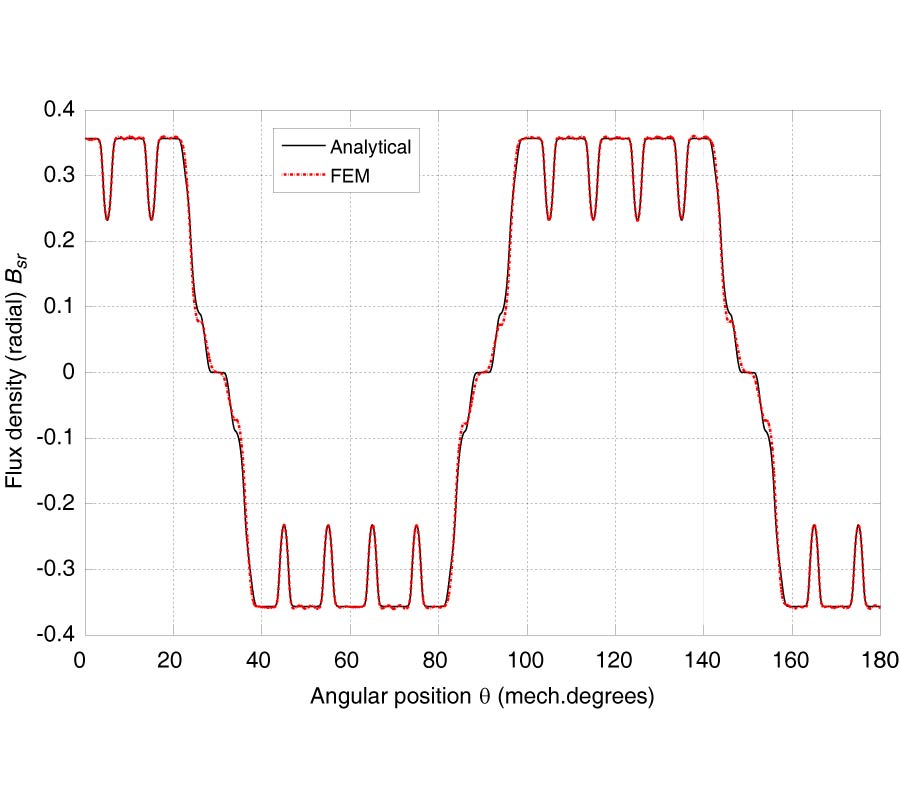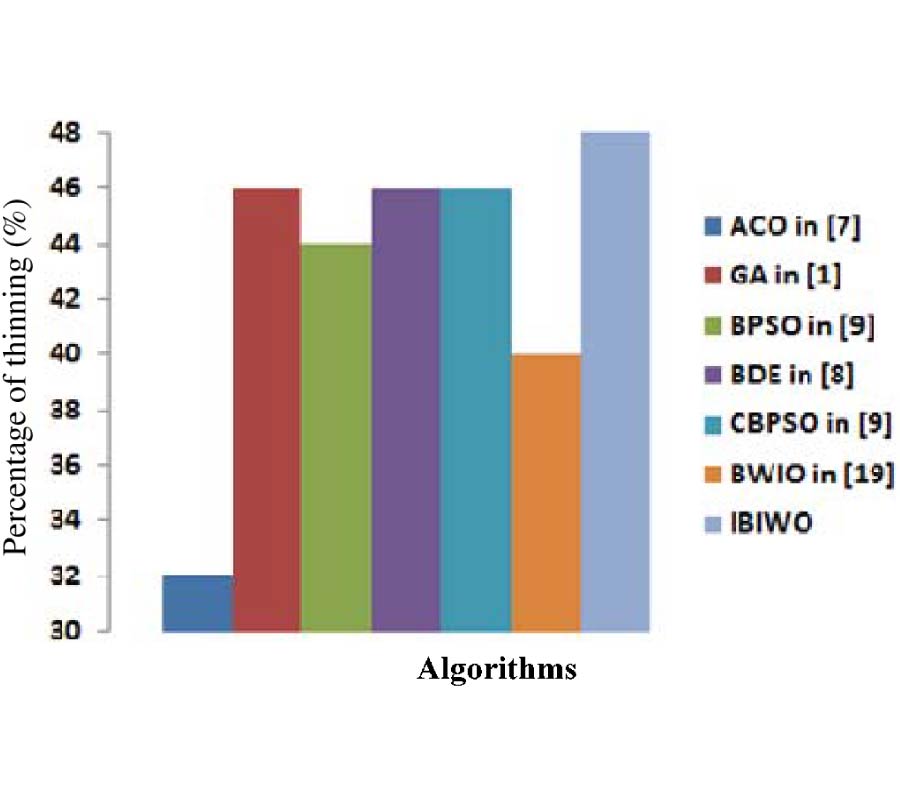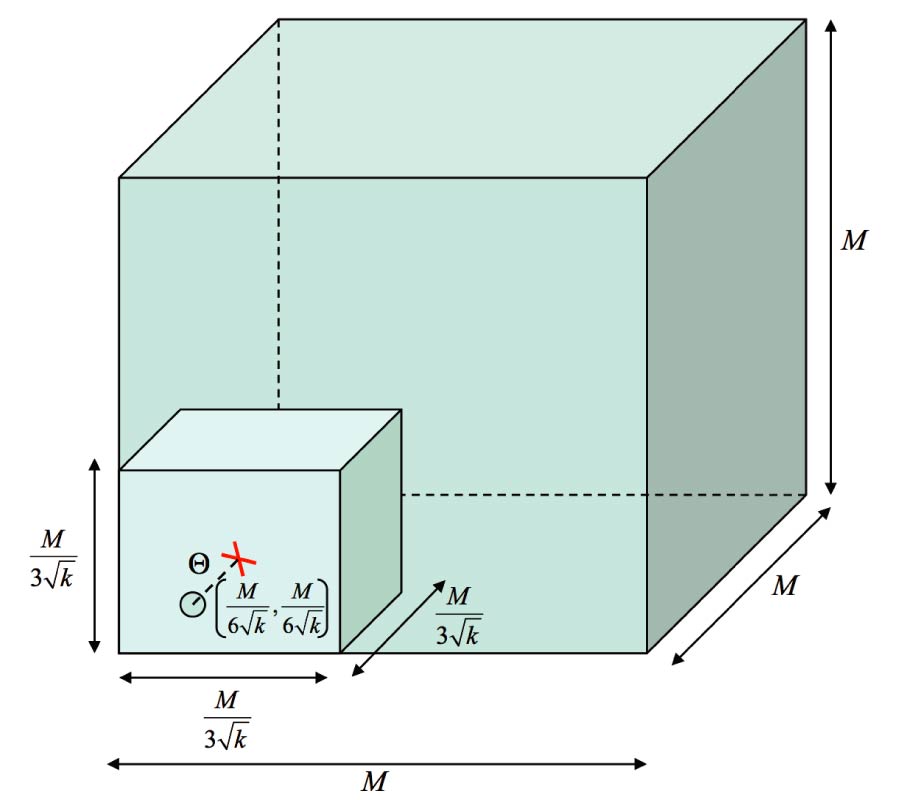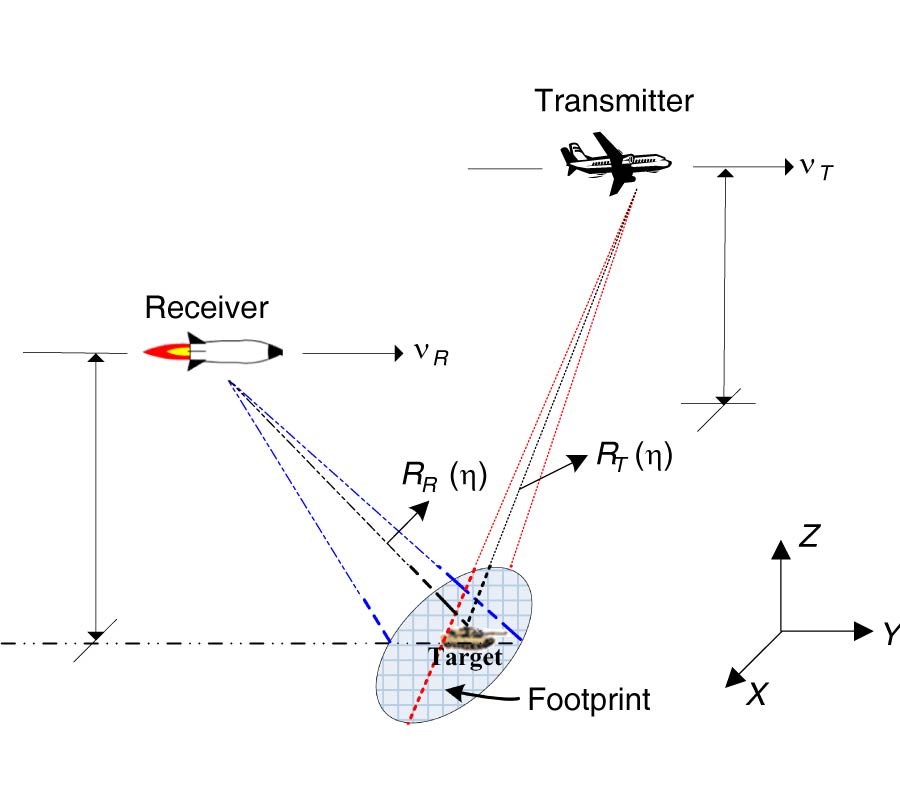Energy Optimized Wireless Sensor Network for Monitoring Inside Buildings: Theoretical Model and Experimental Analysis
Malka N. Halgamuge,
Priyan Mendis,
Lu Aye and
Tuan Ngo
Environment monitoring and automatic control of a building is a vital application of wireless sensor network, however, to maximize the network lifetime is a key challenge. The investigation of designing an efficient sensor network that minimizes energy dissipation in a battery of the sensor node, with limited battery power, is a vital consideration for the sensor network lifetime. Battery lifetime greatly affects the overall network communication performance, hence, the careful management of communication distance is very important. In this paper we propose a model to estimate the mean square distance from the sensor to the cluster head in sensor fields, such as the ones used for monitoring humidity, temperature, light intensity and air quality (CO and CO2 level), considering three dimensional building structures. We use experimental datasets of the link quality distribution in an indoor building environment (single storey as well as multi-storey buildings) to investigate the possible building length of the different clusters and the data success rates. We then statistically analysed the data success rate of the experimental datasets using the Wilcoxon Rank Sum test and found that there was no statistically significant difference (p > 0.05). Our results show that the clustering is important for the single storey and multi-storey building sensor networks, however, after a certain size of the building it is unimportant. Our results also demonstrate that we can save sensor battery energy, significantly, by optimizing the distance from the sensor to the cluster head, while obtaining a high data success rate. The results over different clusters of sensor networks suggest its applicability for different building sizes. Based on this paper the designers can optimize energy e±ciency subject to the required specifications.
